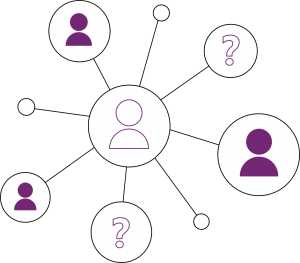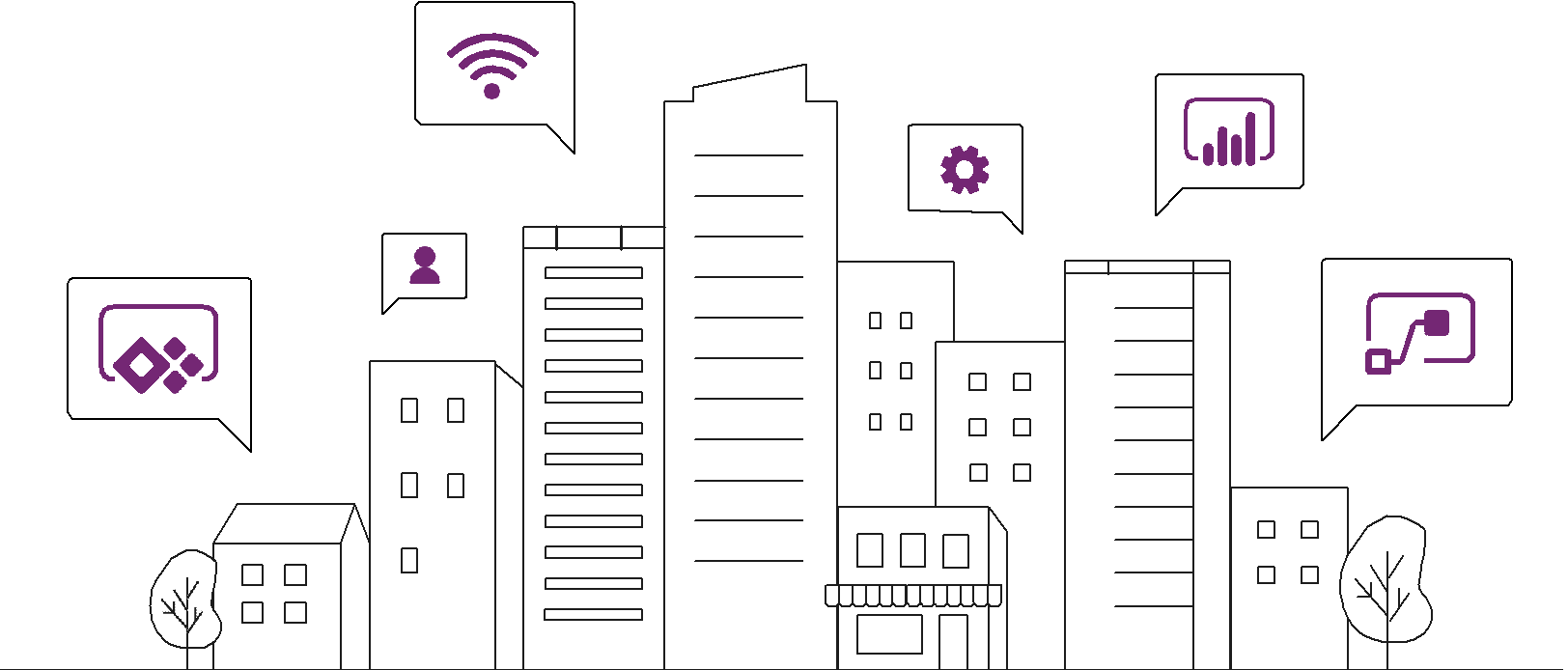Low-Code No-Code mobile application business development platform
If you own or run a small company, you know that low code no code would help to simplify and streamline your processes to make you more productive and overall reduce your costs by using this application development platform. You can however find that, complex processes and business problems cannot be solved easily by your current framework.
For your specific challenge, there is often no out-of-the-box solution or software and only a custom app can best solve the problem, which can be expensive and time-consuming for an SMB. This is where the low code no code application development platform plays a vital role.
Low-code is a visual treat to designing apps. In order to facilitate the accelerated implementation of a range of tech solutions, low-code abstracts and automates every step of the application lifecycle. To facilitate continuous cooperation, it splits the conventional silos of business and IT.
The adoption of low code no code application development platforms has been driven to the fore by increased business demand for technological solutions and a shortage of trained developers.
How to build Low Code No Code web application without code?
Low-Code No-Code platforms abstract away application development decisions like what database to use, the language to write the back end, and the front-end framework to create the user interface and experience. Sysfore allows anyone from the senior engineers to business analysts with no programming expertise to easily create enterprise-grade software, to collaborate together across the company with greater openness, and to control over a controlled framework that ensures quality and accuracy at every step of the way.
The tech industry faces a major transformation, close to the revolution we have experienced in other markets, such as health care and manufacturing. We’ve all seen how Google Docs stormed the globe with free cloud-based applications, prompting Microsoft to change its Office 365 business model. Cloud-based computing is the standard.
Now we’re going to have another tech business jolt. Yet, unlike other transformations that disrupt traditional markets, low-code and non-code computing promises to make software itself more pervasive than it is currently. In full disclosure, I am deeply interested in the low-and no-code marketplace as a co-founder of a “no-code” tech platform called upBoard that provides an easily customised business process app marketplace.
Low Code Vs No Code app services
Low-code software is a program that can be completely customised with a “low” (minimum) amount of programming. It can be completed in a few hours or days instead of taking weeks or months to create a custom application. Although low-code software also needs coding by someone who is competent about technology, it is simpler and cheaper than ever before. Salesforce and Zoho are few examples of low-code systems.
No-code tech, on the other hand, brings the low-code idea to a new level, allowing practically anybody to adapt the framework to their needs without any programming experience whatsoever. Pipedrive and Airtable are examples of the non-code platforms.
For now, all types of software are mostly clustered together under the “low-code” segment, but no-code software will emerge as its own industry category and power in the coming years, as no-code software enables everyone – including those with zero technological expertise – to configure their business processes, dashboards, etc.
Who’s going to build on low-code app?
Anyone who has an idea will use low-code to create applications. Dedicated programming environments for enterprise users and technical developers, low-code is designed to increase and synchronise the work of numerous developers.
Major trends. Huge Shifts. Great Prospects
Gartner estimates that the low-code technology frameworks will account for 65 percent of all software growth by 2024. This suggests that most of the applications produced in 2024 will be built using frameworks and tools that include turnkey programming options.
Low Code No Code and Microsoft Power Apps
Power Apps is a low-code development platform from Microsoft that helps you to create advanced custom apps easily, cost-effectively and efficiently and drive business performance. It accelerates software creation with pre-built models and drag-and-drop simplicity that expands app features with customized components as you need them.
It even links applications to your data by clicking a button, so you’re still ready to act on new insights, without violating your protection, governance, and enforcement standards.
It is now time to implement groundbreaking technology. Digital disruption is just a hazard when you’re in the field, but you’re sitting on the sidelines.
5 Tips to get started with Low Code App Development
1) Get to know the tools of the trade
Power Apps helps you turn ideas into organizational solutions by enabling you to build custom apps that solve business challenges. If you’re familiar with tools such as PowerPoint, Excel, or SharePoint, you’ve already got a head start—you’ll find working with Power Apps to be a similar experience.
With Power Apps, you can easily create useful business applications through a user-friendly interface, no coding required.
Get to know Power Apps in our beginner’s learning module, “Get Started with Power Apps.”
2) Small is beautiful
When building your first app, smaller is better. Choose a well-defined task for your app to perform and get clear on what success looks like. Creating a solution is a lot easier when you have a clear idea of what the problem is. This will allow you to dive in and start exploring while staying focused. For example, an app that displays information from a spreadsheet or a SharePoint list is easy to build and customize.
3) Know your audience
Understanding the problem, you’re going to solve and the data you’re going to use are important first steps to creating a great app. The final piece of the puzzle is knowing who is going to use your app and how. By starting with a challenge that you’ve experienced yourself, this process is made much simpler.
If you and your team will be the users, it is easy to figure out whether you’re more likely to access the application through a mobile phone or a tablet, for example. Choices like these will influence how you build your app.
If you are not the target audience for your application, take some time to understand the needs of those who are. What devices do they use? What’s their day like? What value will your solution provide? Putting yourself in their shoes will help your app be more successful.
Power Apps can be made responsive, or you can publish them for specific screen layouts such as a phone, tablet, or browser. It’s helpful to decide which types of devices will access your app before you start creating.
4) Take a well-marked path
Familiarizing yourself with the fundamentals will help you get off to a great start. Microsoft has created clearly defined learning paths for
Power Apps that start with the simplest concepts and work up to more advanced capabilities.
The best place to start is with the learning path called “Create a Canvas App in Power Apps.” It will guide you from Power Apps fundamentals through creating and customizing a sample app in just a couple of hours.
For more resources, visit this Power Apps blog post, which is frequently updated with the newest content.
5) Keep data privacy top of mind.
When you use Power Apps, you are building on a highly secure and governed platform created by Microsoft. It is designed for enterprise use, with built-in controls governing data access, security, and compliance. Microsoft is a trusted partner to IT departments.
Nevertheless, it’s important to consider whether any of the data captured or displayed by your app could be considered sensitive or proprietary and to take appropriate precautions. Talk to your IT department if you need help navigating this aspect of your application.
The Power Apps governance documentation is a good page to share with any IT professionals who have questions or concerns. It shows how the platform supports enterprise-grade security and control.
Also Read More about – Microsoft Power Apps Platform in detail
You can talk to one of our solution experts today to learn more about you can leverage Power Apps and the Power Platform in your organization.
Sysfore is a Microsoft Gold Partner with unique customer stories using the Microsoft Power Platform. Being a low code/no code platform, partner could help customer in quickly building apps for their key business challenges leveraging the various solution components. As requested sharing with you the solutions which Sysfore has already built on Power Apps platform for customers.
Get Sysfore Cloud Managed Services For Your Enterprise
Sysfore, A Microsoft Cloud solution provider and a Gold Partner, uses leading network, technology, and service expertise to deliver our service anytime, virtually anywhere, quickly and efficiently. We have helped over 80 small enterprises and 30 mid-sized enterprises across the globe for a successful cloud migration in the past 8 years.
Contact one of our experts today and we will help you find the perfect solution for your business. Write to us at info@sysfore.com or give us a call at +91 (80) 4110 5555.




